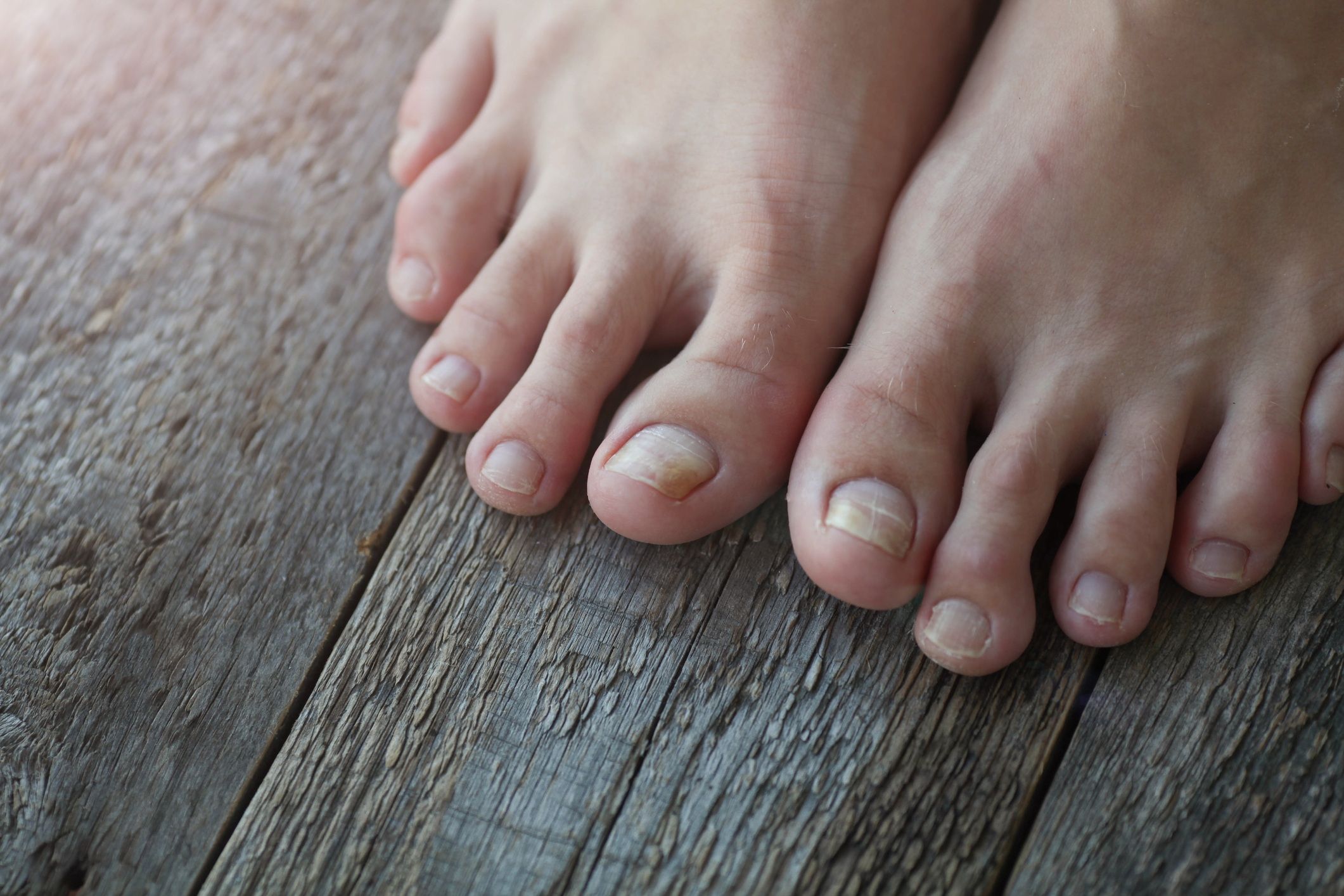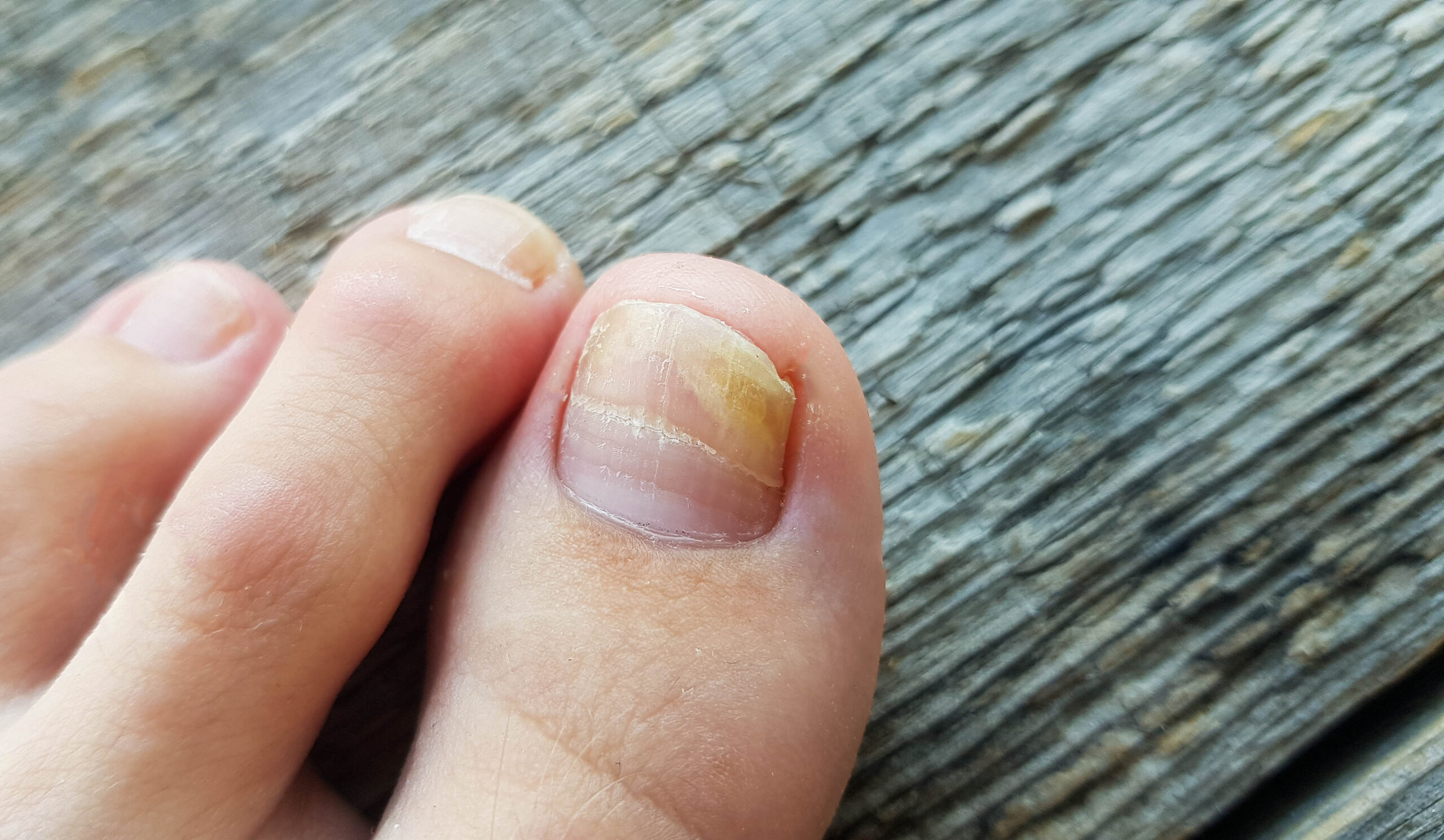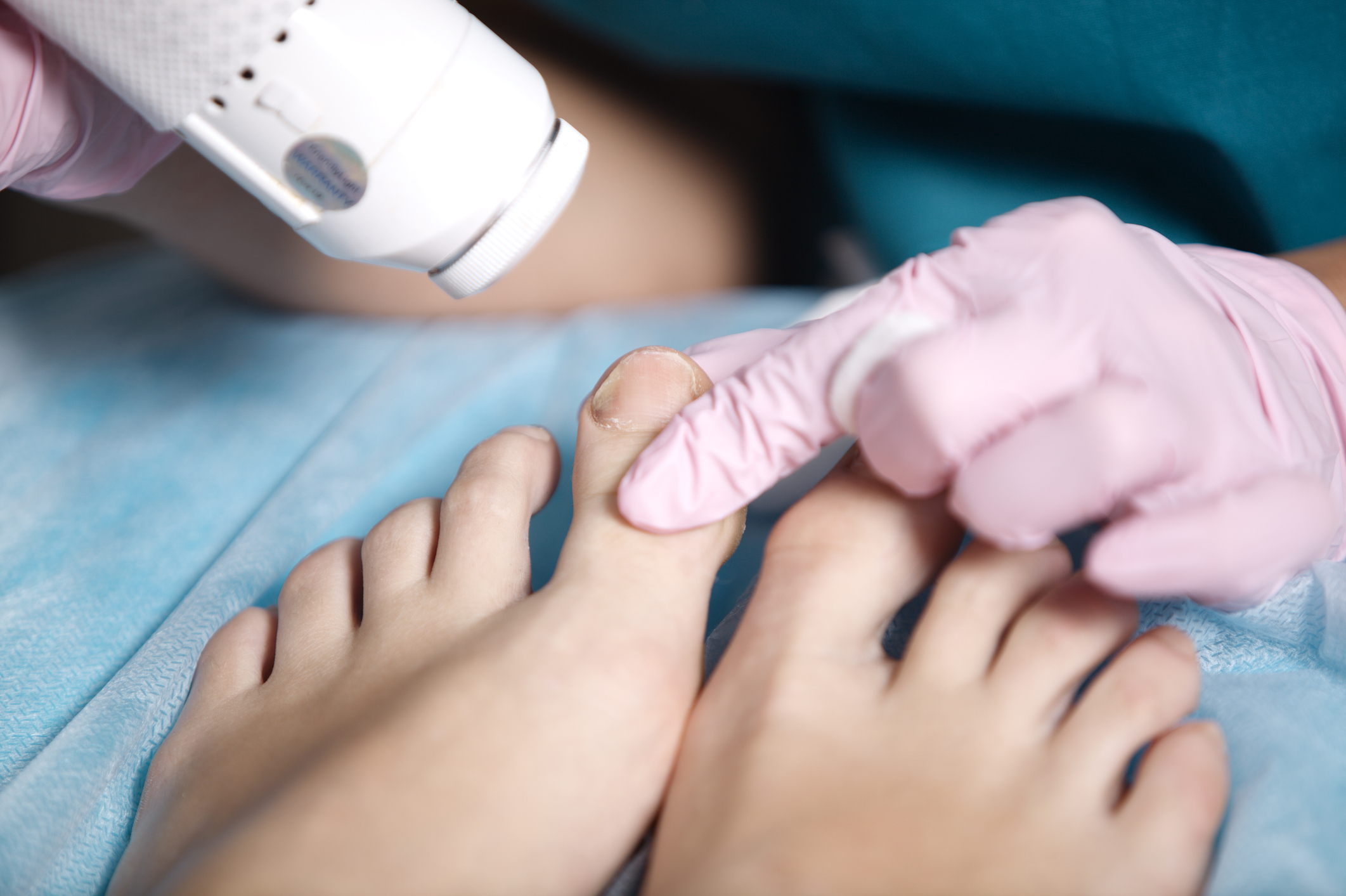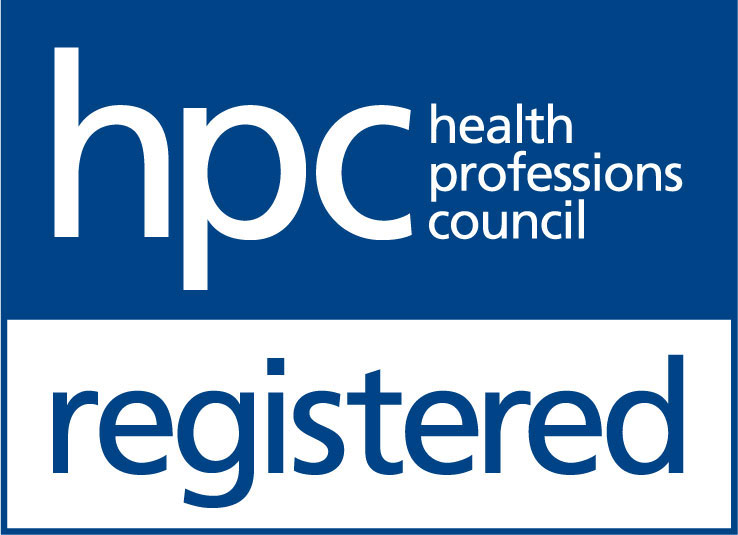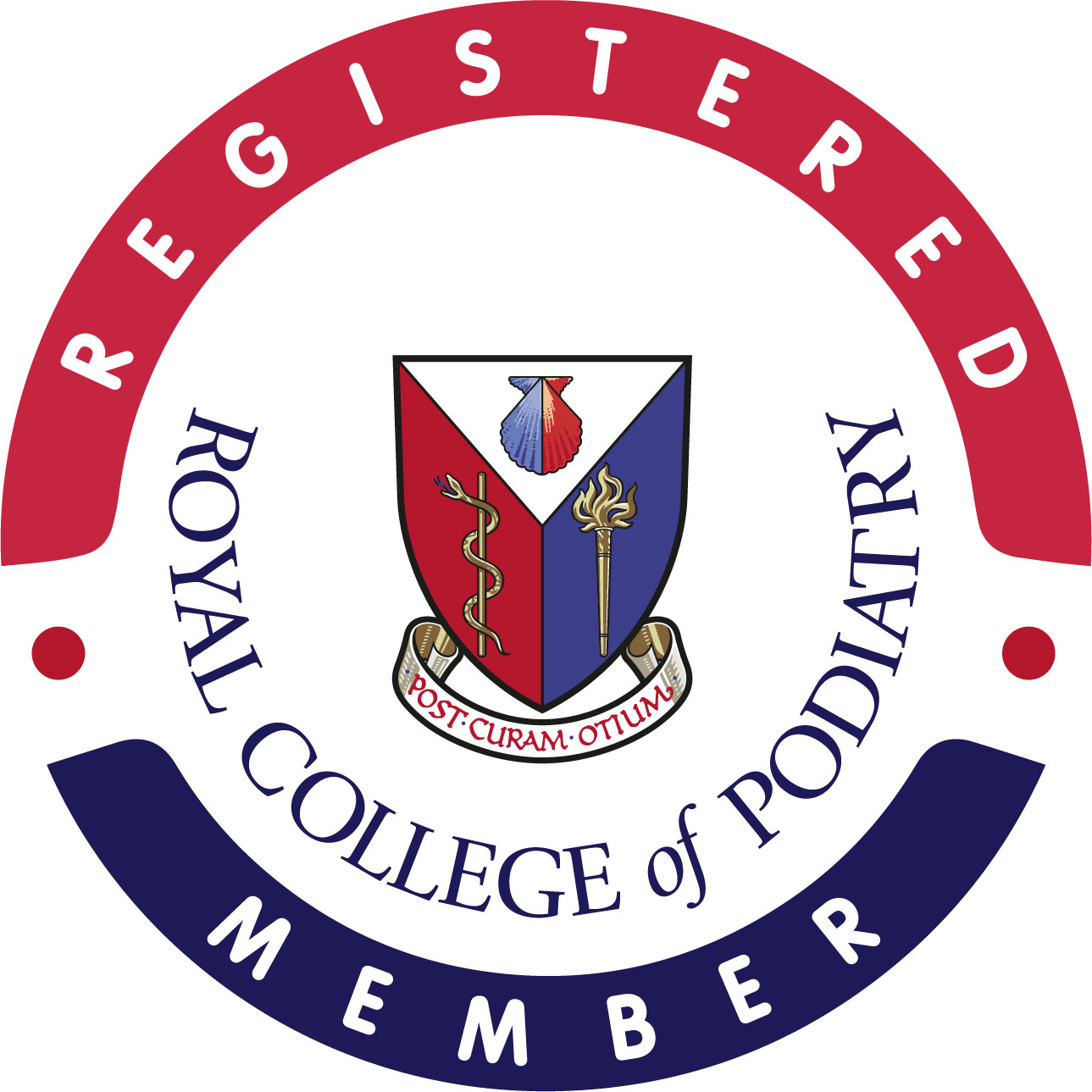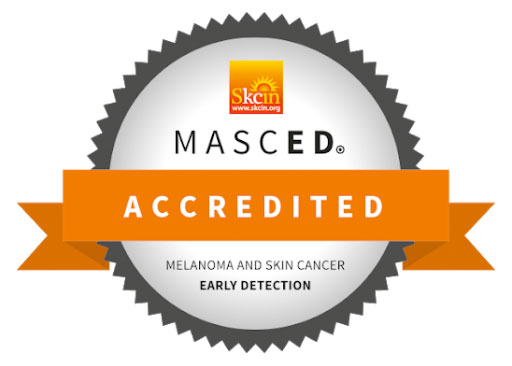Effective treatment options for fungal nail infections in Edgware
A fungal nail or skin infection can be unsightly and knock your confidence. Fungal infections on your feet can appear on the skin, where it is known as Athlete’s Foot, or within the toenails. If left untreated, fungal skin infections can progress and begin to affect your toenails too. Therefore, it is important to seek treatment as soon as possible.
Book an appointment


